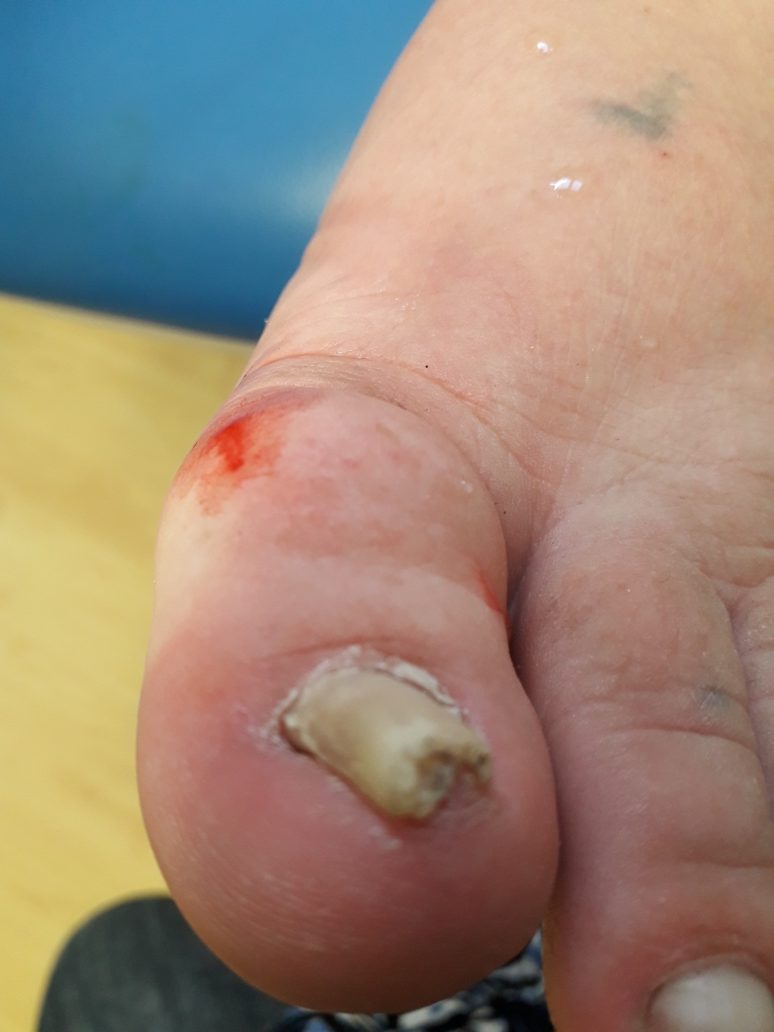Ingrown Nails (Diathermy)
Ingrowing toenails (IGTN) cause significant discomfort for children and adults alike. Where conservative treatment fails, a surgical approach is usually adopted. Many surgical procedures have been used, with varying complexity and outcome. Bi polar diathermy, is a simple technique which involves wedge excision of the ingrowing nail, and bipolar diathermy of the nail bed. In a study that was carried out in the UK , out of a test group of, Three-hundred and fifty-three procedures were carried out on 302 patients during the study period. The re-operation rate for recurrence is 9.9%, which compares favourably with other techniques.
There is a 76% success rate
Electrosurgical ablation of the nail matrix involves the use of an electrode that is directly applied to the matrix tissue, leading to its destruction. Matrix destruction is carried out independent of incisions and electrodesiccation. A dry surgical field must be maintained, which is accomplished by applying a tourniquet before performing nail avulsion. The electrode has an insulated surface and an exposed surface. [The insulated surface protects the adjacent healthy tissues from electrical destruction. Bleeding is usually absent because of adequate electrocoagulation. This method is associated with a rapid healing time, a low recurrence rate, and little postoperative pain. However, scarring may be significantly greater than that seen with the laser technique. Anaesthesia must be adequate throughout the procedure.

